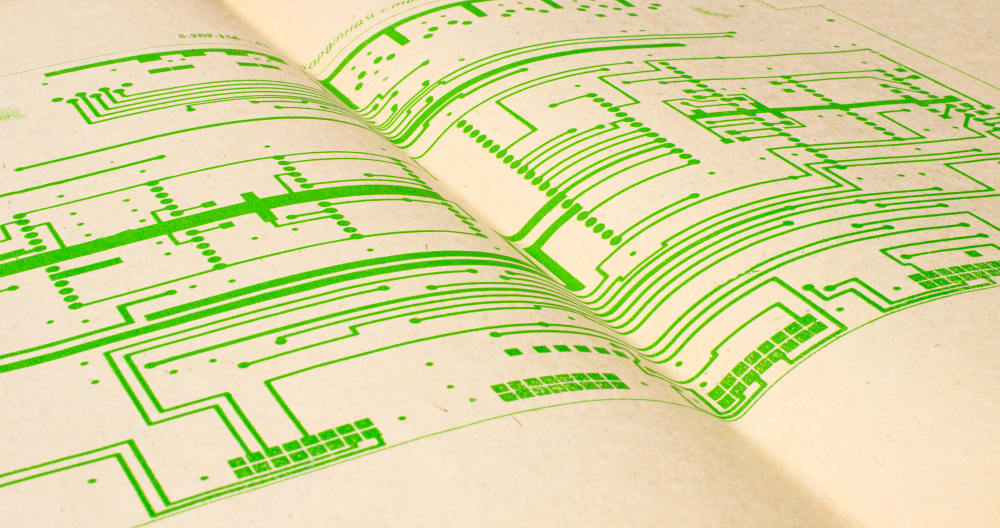
How Florida Building Codes Can Lower Your Homeowners Insurance
Insurance
October 6,2025

As a Florida homeowner, you know that building codes are important for safety, but they also play a major role in what you pay for insurance. The good news is that when your home meets or exceeds current standards, insurance companies often reward you with lower premiums. At FoxHaven Roofing, we help South Florida homeowners navigate these codes every day and have seen clients save hundreds of dollars each year.
This guide will help you understand the connection between your home’s construction and what you pay for insurance.
What Do Insurance Companies Mean by “Code”?
When an insurer refers to “code,” they are talking about the Florida Building Code (FBC)—the minimum construction standards a home must meet to be safe and legal. Your insurance company evaluates your home based on the codes that were in effect when it was built.
Florida’s building codes became much stricter after Hurricane Andrew. Homes built before 1994 had very basic wind protection and typically pay the highest premiums. From 1994 to 2001, features like hurricane straps became more common, but these homes still lacked many modern protections. It was from 2002 onward that far stricter requirements for roofing, windows, and structural connections were enforced, meaning newer homes generally qualify for significant built-in discounts.
Can Home Upgrades Really Lower Your Insurance?
Yes, absolutely. Florida insurance companies offer substantial discounts when your home has features that meet or exceed modern building codes. The most valuable upgrades are those that protect your home from wind damage, including roof shape—like a hip roof design.
Here are the improvements that offer the best return on investment for insurance savings:
| Home Upgrade | What It Does | Potential Benefit |
| Impact-Resistant Roofing | Uses materials and installation methods rated to withstand hurricane-force winds. | This is often the single biggest factor for lowering your premium. |
| Hurricane Straps/Clips | Strengthens the connection between your roof and the walls of your home. | Prevents the roof from lifting off during a storm, a major source of catastrophic failure. |
| Wind-Rated Garage Door | Reinforces the largest and most vulnerable opening on your home against wind pressure. | Prevents wind from getting inside and blowing the roof off from within. |
| Storm Shutters or Impact Windows | Protects windows and doors from flying debris and wind pressure. | Secures weak points and keeps the “envelope” of your home intact. |
Key to Savings: The Wind Mitigation InspectionThis report is the official document insurers use to grant discounts. For a small fee (usually $75-$150), a Wind Mitigation Inspection documents your home’s wind-resistant features and often pays for itself immediately by uncovering savings you didn’t know you had.
What Is Code Upgrade Coverage and Why Do You Need It?

Code Upgrade Coverage, sometimes called Ordinance or Law Coverage, is an essential add-on to your policy. It pays the extra costs to bring storm-damaged areas of your home up to current building codes during a repair.
For example, a standard roof replacement might cost $15,000, which your policy would cover. But if code-required upgrades—like a better water barrier or stronger shingles—add another $5,000 to the bill, you would be responsible for that entire amount out-of-pocket on top of your deductible. With Code Upgrade Coverage, that extra $5,000 would be covered, leaving you to pay only your deductible.
This coverage is rarely included automatically, but for a small annual fee—often just $50-$150—it can protect you from thousands in unexpected expenses. For South Florida homeowners, we consider it a must-have.
Does Homeowners Insurance Cover Existing Code Violations?
No, your insurance policy is not designed to fix pre-existing code violations. If your roof fails during a storm because it was installed improperly or without permits, your insurer could reduce or even deny your claim when you file a claim.
Protect Your Investment: Always use a licensed and insured contractor who pulls the required permits. It’s your best defense against having a claim denied due to improper installation or non-compliant work.
How Do I Get My Building Code Insurance Discounts?

Receiving discounts isn’t automatic; you have to prove you qualify. The process begins with completing upgrades and getting all documentation from your contractor. Next, schedule a Wind Mitigation Inspection. Submit the inspector’s report to your insurance company and request the applicable discounts. They will review the report and apply the savings, usually at your next renewal.
Your Next Steps
Understanding your policy is the first step toward saving money. We recommend you:
- Contact your insurance agent. Ask if you have Code Upgrade Coverage and what discounts you are currently receiving.
- Schedule a Wind Mitigation Inspection. You may already have features that qualify for savings you’re not receiving.
- Plan for strategic upgrades. If your roof is over 15 years old, replacing it with a code-compliant system can provide immediate insurance savings and long-term peace of mind.
At FoxHaven Roofing, we help homeowners identify which upgrades offer the best return on investment. We provide honest guidance based on years of experience with Florida’s unique building codes and insurance landscape.
Ready to find out what discounts you qualify for? Contact us for a free roof assessment. We’ll inspect your home and explain which improvements will protect your home and lower your insurance premiums.

